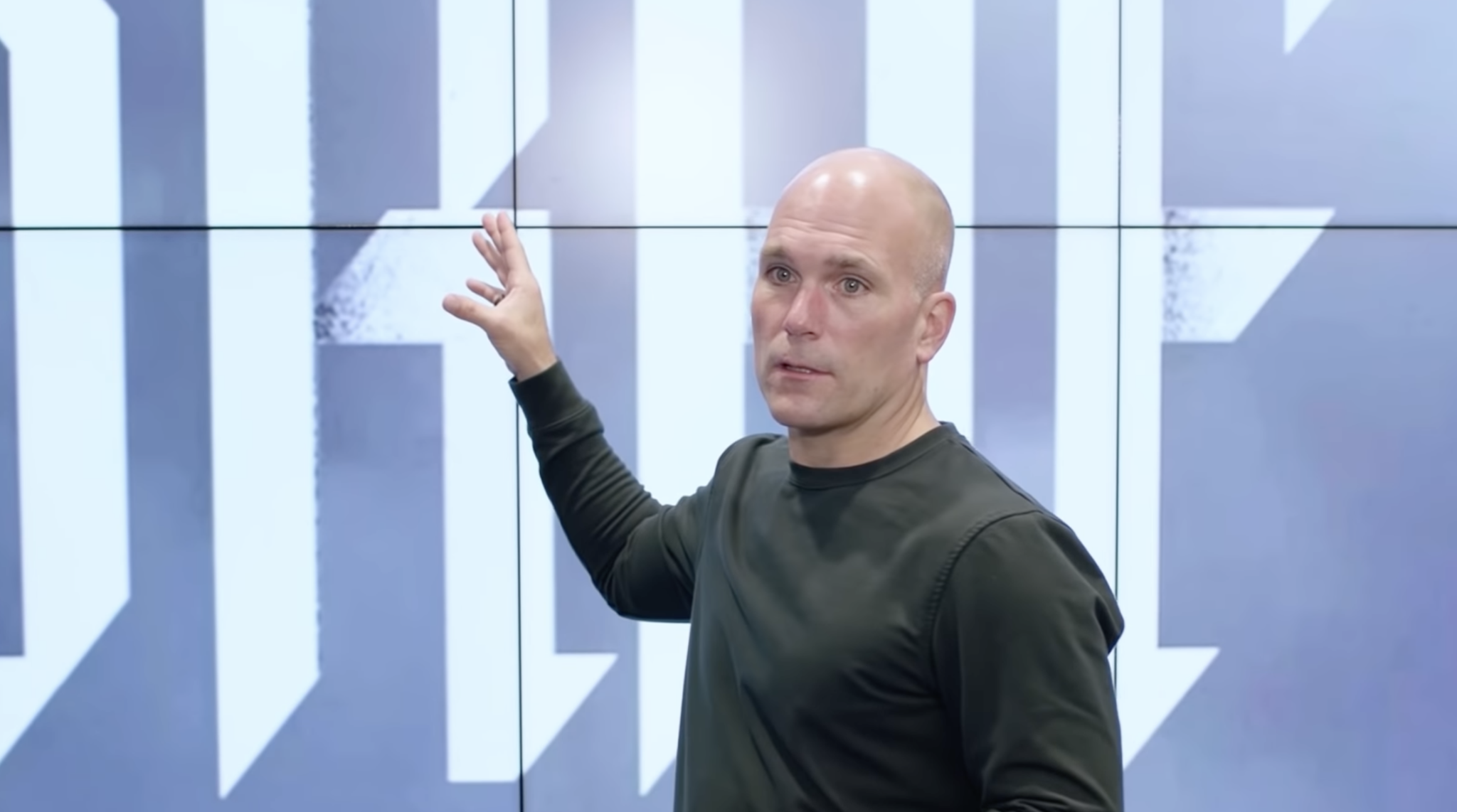And five years later, what’s the verdict? “Everything everyone told me about Joe in 2007 and 2008 has been dead on,” Douglas said. “He’s been exactly as advertised, and he’s steady every single day. And he gets better.”
On April 26, 2008, the day Flacco was drafted, Ravens owner Steve Bisciotti got swept up in the excitement if only by osmosis and the energy of the coaches and scouts. “Watching the scouts’ excitement kind of fascinated me,” he said. “Just watching them say, ‘We’ve got a diamond in the rough, and we don’t have to pay up. We don’t have to give up our whole draft to move up and give away next year’s No. 1 to get Matt Ryan. They had convinced me that Joe’s ceiling was just as high. That maybe he hadn’t played with the same level of competition, but his bust potential wasn’t high. Matt Ryan was everybody’s guy. He was the first guy on everybody’s board. I don’t think Joe was the second quarterback on everyone’s board. I’ve been in this league long enough to see Tim Couch, Akili Smith, JaMarcus Russell and see what that does to a franchise.
“We were incredibly fortunate to have taken Joe Flacco, and our scouts and our system deserves a lot of credit for that.”
So, is there some intangible quality that Flacco possessed – some key ingredient – that made the Ravens realize he was the right guy in Baltimore?
If you’re looking for a central theme in virtually all of the Ravens’ success there is a common thread, a galvanizing measurement that seems to pull their scouts closer and see a player as more desirable, and it’s not as obvious as something like a 40-yard dash time or a long jump distance.
It’s one word: adversity.
If the Wizard of Oz measures anything along the purple pathway, it’s the measurement of one’s heart.
The Ravens liked that Flacco left Pitt. They liked that he paid his way to go to Delaware to make it to the NFL. They liked that he was a risk taker. They liked that he still lived at home with his parents in a bedroom upstairs with his brother with posters of Tom Brady and pictures of Joe Montana on the walls. They liked that he had no real hobbies outside of watching a few baseball games on television and thinking about being an NFL quarterback. They liked that he was simple, stable, focused and fiercely competitive.
The Ravens like players who have dealt with extreme challenges and have overcome their deficiencies, mistakes, and transgressions. In some cases, it’s having overcome poor situations in life where hard work, transcending poverty, sickness, injury, or lack of formal education in childhood was a factor. In some cases it’s an off the field event – sometimes even involving the law or a family tragedy or a death of a loved one or peer – that the Ravens want to know that a young person can rebound and persevere.
It’s the ability to make lemonade out of lemons.
Like the story of Steve Bisciotti, the “C student” who lost his father as a kid and built a billion-dollar company. Or the John Harbaugh story, the lifelong underdog who was always the “other” brother and the special teams coach. Or Newsome’s own tale, from such humble beginnings in Muscle Shoals on the road to the Hall of Fame and now running an NFL franchise.
And part of having someone like Newsome running the personnel team for the Ravens is having someone who was a part of an NFL team on the field for a dozen years. He knows players’ abilities change. He knows people change and grow. He also knows some people are unlikely to change their ways and mature.
It’s a constant human evaluative process and judging character is always paramount for Newsome.
And part of that is apparent when he sees that a young man has already had a situation, hardship, or circumstance in their background that they’ve overcome to make their way onto his radar to be a draft-eligible prospect.
Look at the track record:
Ray Lewis was raised without a father in Lakeland, Florida and helped his mother raise his younger siblings. Torrey Smith was the father figure in his family, raising his siblings while his mother was in prison. Paul Kruger was stabbed by a gang member and was in a near fatal car accident at 14. Lardarius Webb was dismissed from Southern Mississippi for breaking team rules and turned his life around at tiny Nicholls State. Michael Oher’s life story of being homeless and taken in by a family in Memphis is well chronicled in “The Blind Side,” now a book and a movie. Cary Williams was abused as a child and survived a tough, impoverished adolescence.
The Ravens preach toughness. The Ravens look for that mental toughness before they draft a player. If a player is “too clean” or had “too easy” of a pathway to the NFL, it’s almost disconcerting because there’s no track record for how they’ll handle the first bump in the road that inevitably comes in the league with fame, fortune, injuries, losses, and high expectations.
Ten years ago, the questions from scouts always seemed to be: “Is he fast?” or “Does he catch the ball” or “What were his stats?”
Now, in the Ravens organization, those “measureables” are always on a sheet of paper and they’re the first pieces in building a draft prospect’s profile, but what’s been talked about far more over the last decade is the “makeup” or personality of a player.
































